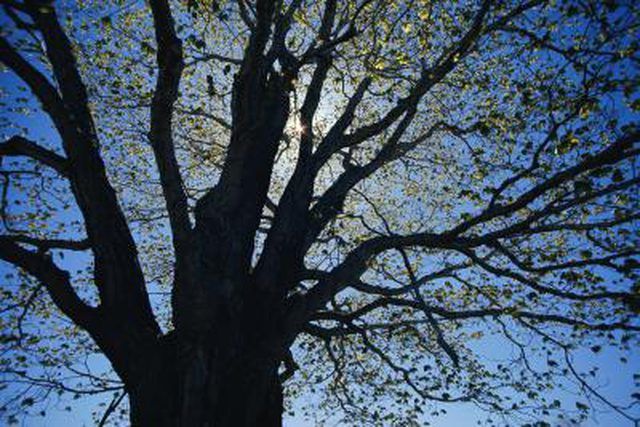Bulbs
Flower Basics
Flower Beds & Specialty Gardens
Flower Garden
Garden Furniture
Garden Gnomes
Garden Seeds
Garden Sheds
Garden Statues
Garden Tools & Supplies
Gardening Basics
Green & Organic
Groundcovers & Vines
Growing Annuals
Growing Basil
Growing Beans
Growing Berries
Growing Blueberries
Growing Cactus
Growing Corn
Growing Cotton
Growing Edibles
Growing Flowers
Growing Garlic
Growing Grapes
Growing Grass
Growing Herbs
Growing Jasmine
Growing Mint
Growing Mushrooms
Orchids
Growing Peanuts
Growing Perennials
Growing Plants
Growing Rosemary
Growing Roses
Growing Strawberries
Growing Sunflowers
Growing Thyme
Growing Tomatoes
Growing Tulips
Growing Vegetables
Herb Basics
Herb Garden
Indoor Growing
Landscaping Basics
Landscaping Patios
Landscaping Plants
Landscaping Shrubs
Landscaping Trees
Landscaping Walks & Pathways
Lawn Basics
Lawn Maintenance
Lawn Mowers
Lawn Ornaments
Lawn Planting
Lawn Tools
Outdoor Growing
Overall Landscape Planning
Pests, Weeds & Problems
Plant Basics
Rock Garden
Rose Garden
Shrubs
Soil
Specialty Gardens
Trees
Vegetable Garden
Yard Maintenance
Life Span for Oak Trees
Life Span for Oak Trees. Oak trees can live in a variety of environments and have an average lifespan of 200 or more years. It produces a taproot as a seedling which allows it to locate water even in times of severe drought, contributing to its long life. The main threats to an oak tree's longevity are bugs, disease and man.

Oak trees can live in a variety of environments and have an average lifespan of 200 or more years. It produces a taproot as a seedling which allows it to locate water even in times of severe drought, contributing to its long life. The main threats to an oak tree's longevity are bugs, disease and man.
Pests
Pests associated with oak trees come in two primary categories, pests that eat leaves and pests that bore into the wood. Common leaf eaters are: the oak leafroller, the solitary oak leafminer, and the oak timberworm. Common boring insects include: the Columbian timber beetle, the twig pruner, and the broadnecked root borer. Other insects that prey upon oak trees include: oak leaf aphids, oak lace bugs and acorn weevils. Bugs damage the tree and cause the tree to die prematurely if heavily infested.
Disease
Diseases can also cause premature tree death. Common tree diseases are caused by fungi or bacteria. Diseases most often associated with oak trees include: Hispidus Canker, Top Rots, Texas Root Rot, leaf blisters and Actinopelte leaf spot. Diseases attack different areas of the tree; however, most will cause a disruption in the tree’s ability to obtain water and nutrients or to carry out photosynthesis.
Pollution
Environmental pollutants can also shorten the life of an oak tree. Environmental pollutants, both airborne and terrestrial, interfere with the tree’s ability to carry out respiration and photosynthesis, as well as prevent acorns from germinating and creating new trees.
Logging
The logging industry causes premature oak death by manually cutting down the trees as well as introducing pollutants into the environment. Clear-cut logging involves removing all the trees in any given area, removing both mature trees and seedlings, killing the logged trees as well as removing any potential for regrowth.
Interesting Facts
Oak trees develop slowly and can reach heights of over 30 feet. Acorn production begins when the tree hits the 20-year-mark or so, making reproduction a very slow process. Statistics have shown that although an oak tree can produce upwards of 2,200 acorns in a single season, each acorn has only a one in 10,000 chance of actually becoming an oak tree.